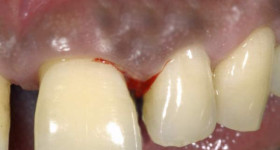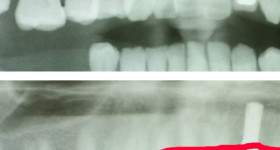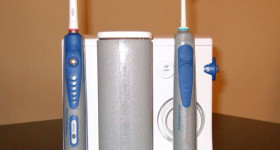Are there alternatives to amalgamate fillings – and if so, what kinds?
 We have already talked about mercury poisoning, and also on how the level of mercury in saliva is measured!
We have already talked about mercury poisoning, and also on how the level of mercury in saliva is measured!
–
Amalgamate traditionally has been, and still is, the most popular material used for fillings. Amalgamate fillings seal teeth better than do plastic fillings (in the side teeth), last longer, and do less damage to the teeth.
–
But we still advise patients to opt for other types of fillings, assuming they have the money – why is this?
- Well, over the course of time amalgamate fillings tend to come loose, no matter how well you brush, which is why most insurance companies pay for new fillings about every 2 years. Amalgamate changes over the years, while gold, ceramic, or titanium fillings do not. The last in the list require very precise work, or else they will do you no good at all, so don’t hesitate to ask your dentist how often s/he performs this type of work. Here is a link to a video on ceramic inlays! After several re-fillings not much is left of the tooth!
- This does not provide for a pleasant appearance, and furthermore
- drilling and setting fillings always releases small amounts of mercury – which do not pose a danger to you, but add up to a problem for dentists and their teams!
–
Even proponents of amalgamate fillings cannot counter this argument, but if you just don’t have the dough, then this type of filling does more than well enough – at any rate better than plastic!
Mercury in amalgamate fillings and alternatives,








